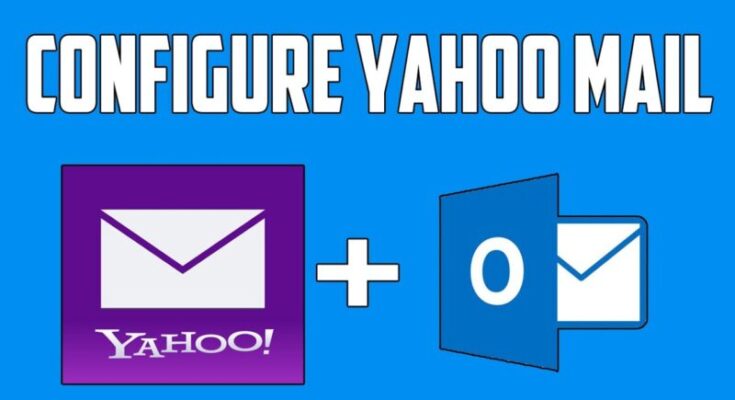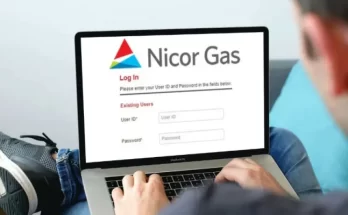In today’s fast-paced digital world, managing various email accounts efficiently is crucial. Yahoo Mail remains one of the most popular email services, cherished for its user-friendly interface and feature-rich environment. By configuring your Yahoo Mail in Outlook, you can streamline your communication, ensuring that all your messages are in one place. In this comprehensive guide, we’ll walk you through the process of configuring and accessing Yahoo Mail in Outlook, making your email management a breeze.
Introduction
In a world where communication is paramount, having a seamless email experience is essential. This article dives into the process of configuring Yahoo Mail in Outlook, a task that might seem daunting but promises to enhance your email management efficiency.
Why Configure Yahoo Mail in Outlook?
Integrating your Yahoo Mail account into Outlook offers numerous advantages. It centralizes your email communication, allowing you to manage multiple accounts in one place. Outlook’s robust features, such as advanced filtering and organization tools, help you stay on top of your messages, boosting productivity.
Preparing for Configuration
Before diving into the setup, it’s essential to gather the necessary information. Ensure you have your Yahoo Mail login credentials, and enable IMAP access in your Yahoo settings to establish a secure connection.
Step-by-Step Guide
- Setting up IMAP Access
To begin, log in to your Yahoo Mail account and navigate to the settings. Look for the “Accounts” section and enable IMAP access. This step ensures a synchronized connection between Yahoo Mail and Outlook.
- Adding Yahoo Account to Outlook
Open Outlook and go to the “File” tab. Select “Add Account” and enter your Yahoo Mail address. Outlook will automatically detect the server settings, simplifying the setup process.
- Configuring Incoming and Outgoing Servers
Verify the incoming and outgoing server settings provided by Outlook. These settings establish a secure connection for sending and receiving emails.
- Fine-Tuning Account Settings
Tailor your account settings to suit your preferences. You can set up email filters, adjust sync frequency, and manage folder organization. This customization enhances your email management experience.
Troubleshooting Common Issues
Encountering issues during setup is not uncommon. This section addresses potential problems and offers solutions to ensure a smooth configuration process.
Tips for Efficient Email Management
Discover expert tips to maximize your email management efficiency. From utilizing Outlook’s features to organizing your inbox effectively, these insights enhance your communication experience.
Ensuring Security and Privacy
Security is paramount in email management. Learn about the importance of secure connections, password management, and other measures to safeguard your Yahoo Mail account.
Conclusion
Configuring Yahoo Mail in Outlook opens doors to a world of efficient communication. By following our step-by-step guide, you’ve unlocked the potential for seamless email management and organization.
Frequently Asked Questions (FAQs)
- Can I configure multiple Yahoo Mail accounts in Outlook?
Yes, you can configure multiple Yahoo Mail accounts in Outlook by adding each account separately.
- Do I need a premium Yahoo Mail account for integration?
No, the integration process works with both free and premium Yahoo Mail accounts.
- Is it possible to revert to using only Yahoo Mail after integration?
Yes, you can still access your Yahoo Mail account directly through its web interface even after integration.
- Can I access my integrated Yahoo Mail offline?
Yes, Outlook allows you to access your integrated Yahoo Mail even when you’re offline.
- What should I do if I face issues with syncing after configuration?
If you’re experiencing syncing issues, double-check your settings, and ensure that you have a stable internet connection. If problems persist, consult the troubleshooting section of this article.




